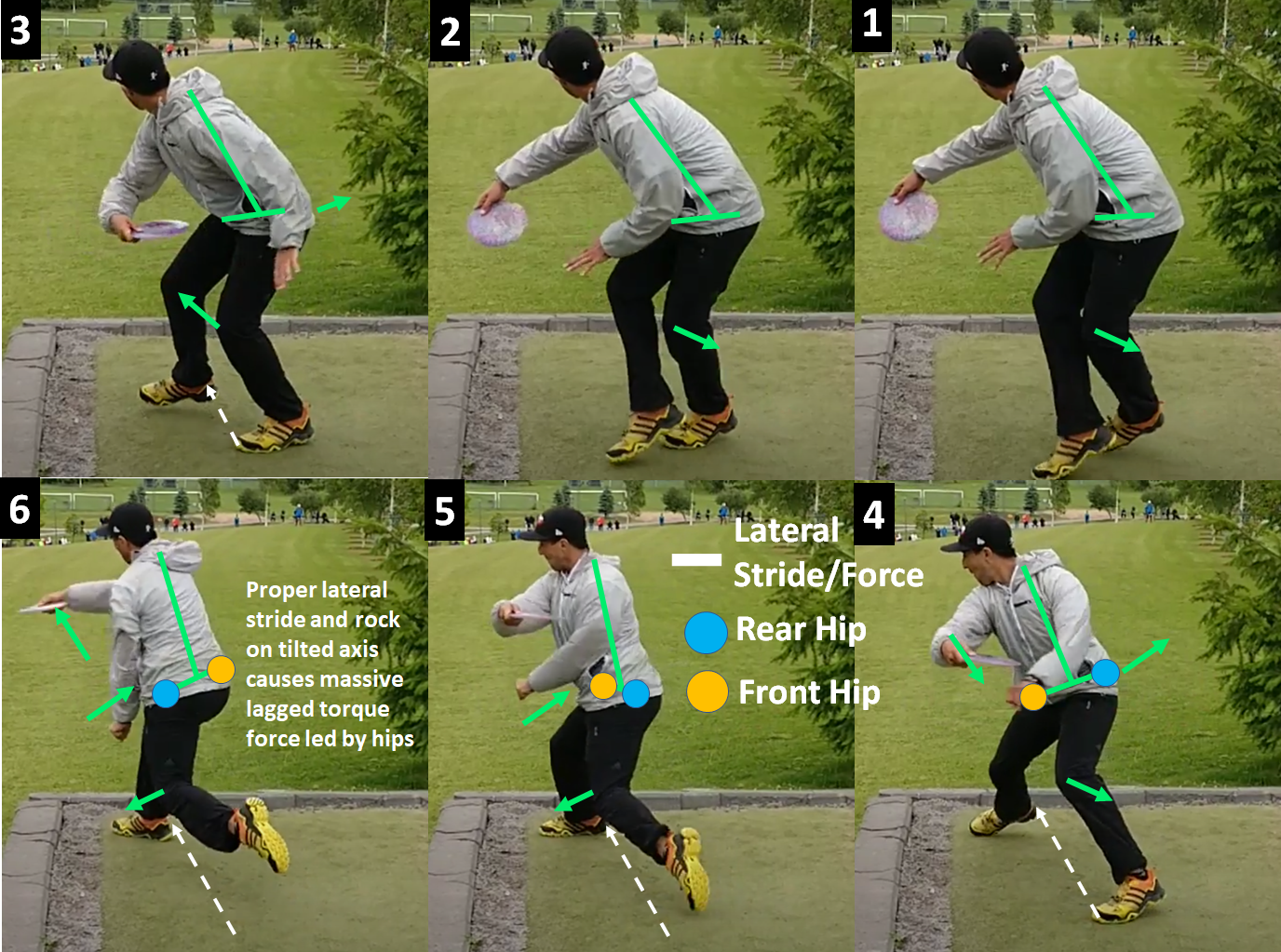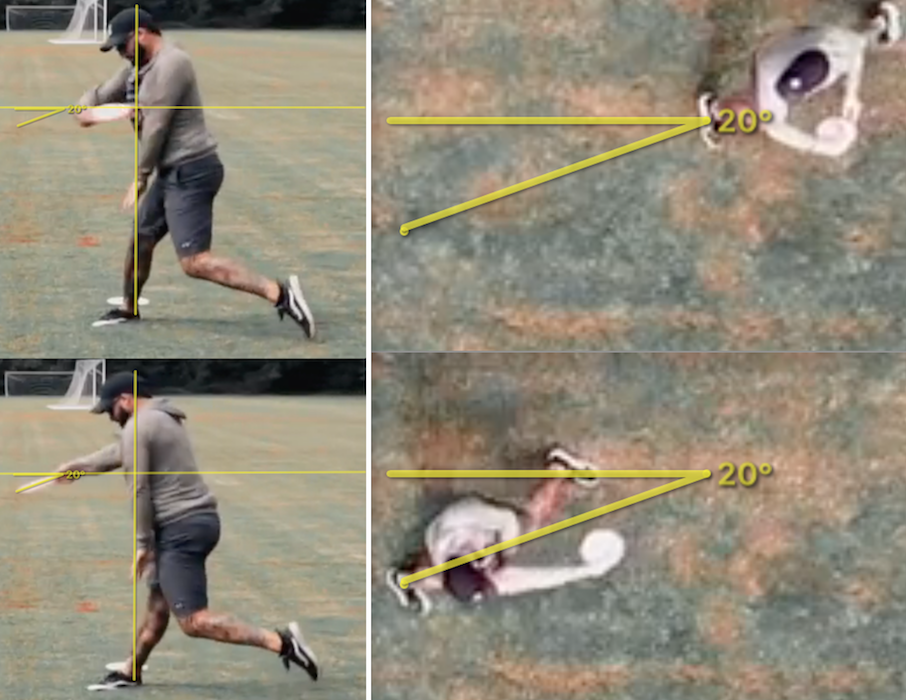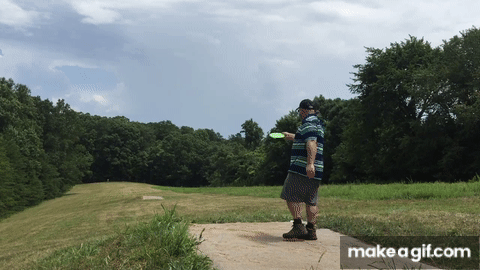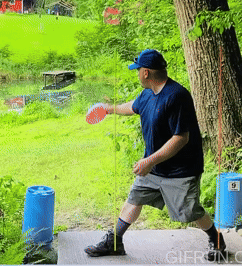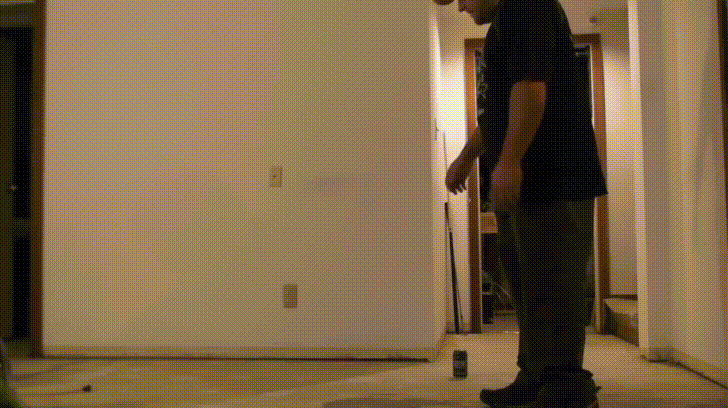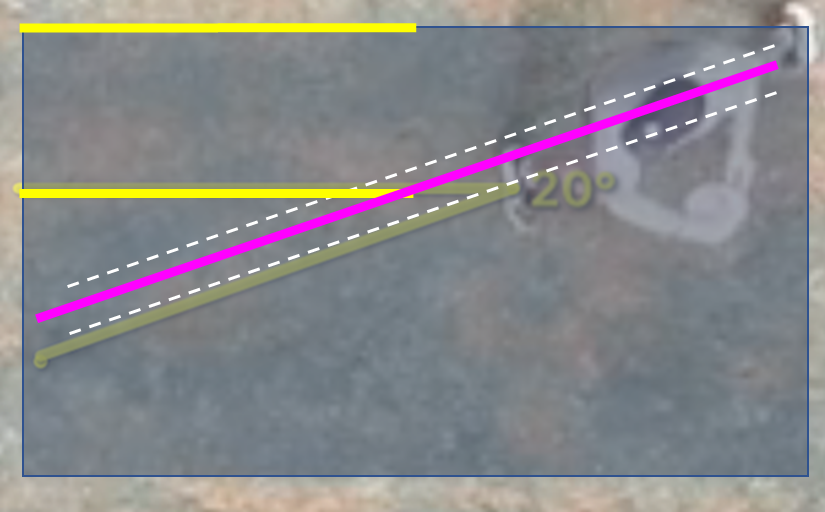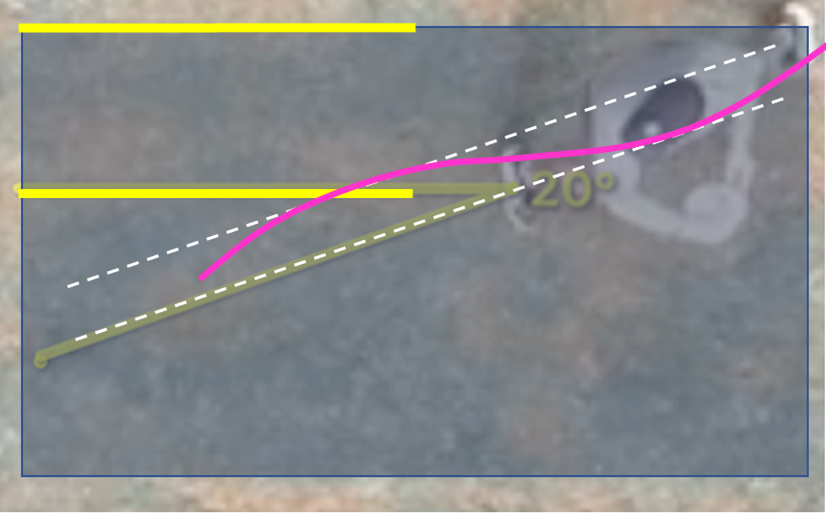I entered the lower body aspects while working on the Fundamentals project realizing that I wasn't comfortable talking about footwork. The reason is that there are a lot of weird cause & effect relationships between the feet and everything else. I think this is part of what gets players into trouble when they try to take any one piece of well-intentioned footwork advice too literally and often out of context. They end up with screwy posture and hip mechanics. The idea that it's "just like walking" doesn't click for them because it's certainly an exotic kind of walk. So I am being especially careful about that topic.
The following is not a fix all, but might help someone understand connections between things we share around here, including the "two lanes" concept and footwork in general.
Something that has really helped me understand what the feet should be doing in general is that they are essentially just little diagonal shifts moving down the line as you stride or hop -
however your body best achieves that. There does seem to be a relationship between the desired release angle at the hit and the trajectory along the tee e.g. as in SW's breakdown of Drew. I do not think it is a coincidence, and it has to do with how the body works to move down the line and achieve a braced tilt in proper posture:
I really like throwing at about 20 degrees for a hyzerflip whenever I can. Throwing a Comet on that angle is my favorite shot in disc golf.
So today I experimented and found that if I try to
force the lanes or angle my feet take down the line, I get weaker and lower quality swings. I'm out of posture.
If instead I just work back from the hit:
my feet find the ~20 degree line moving back forward since that's the way they move to get back forward to the hit. In fact, as soon as I
stopped worrying about the feet, my body ended up traveling down the line more or less on the "correct" angle. I also found this very interesting because
my body is very different than Drew's, but in sum, the way I move to throw on this angle is slowly becoming very similar to his at the hit.
Why is this "suddenly" becoming easier for me?
I have been working a lot on my diagonal shift, swivel stairs action, and shifting and dropping off the rear side rather than
extending at the rear knee. There have been a
ton of diagonal standstills packed into the past month - lots of woods golf scrambles and drives. As the release point for my shots starts to gradually get more inside my posture, my body "knows" that it needs to modify where my feet go to end up at that release point. Messing around with extremes and angles in a diagonal shift helps the body sample where it needs to go to achieve the goal.
So look for the relationship between ladder agility & swivel stairs and SW's extreme diagonal stance shot mechanics here. It's the same thing. Play around (or "a round" or more, hyuk) with it.
